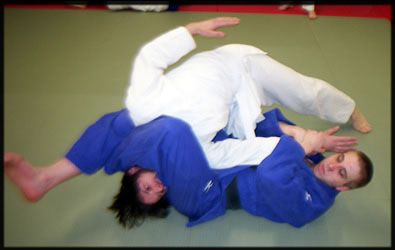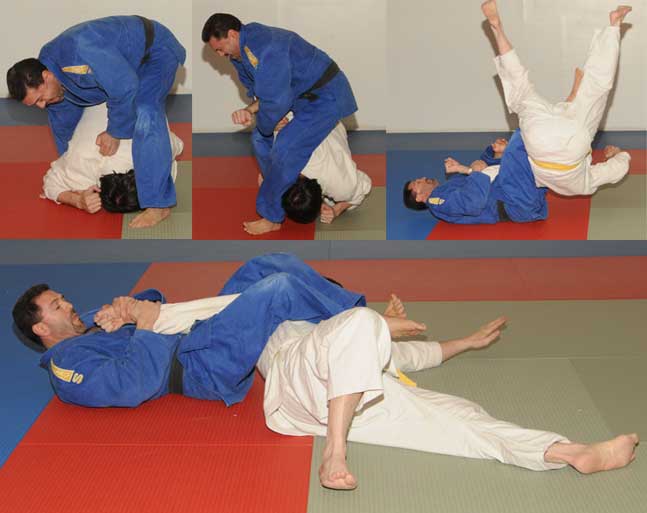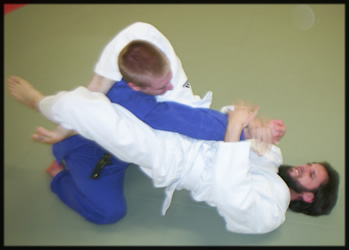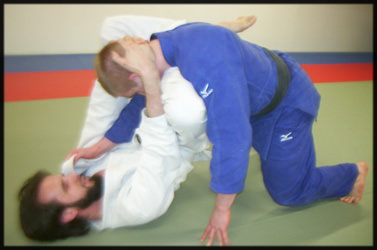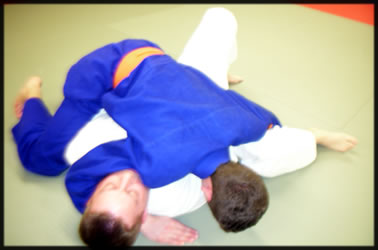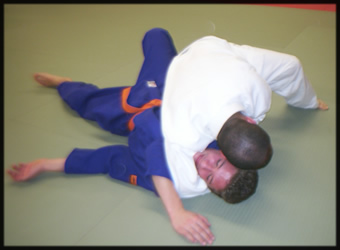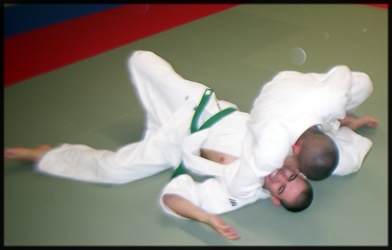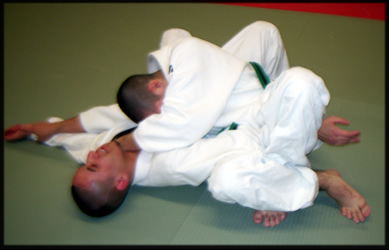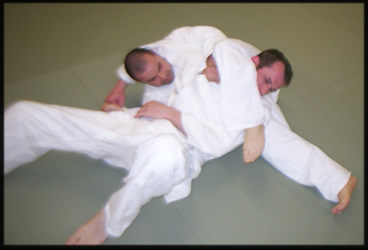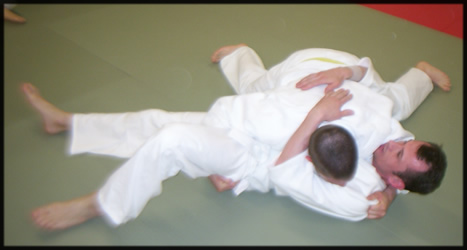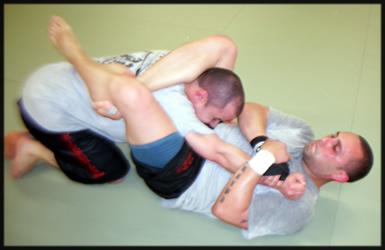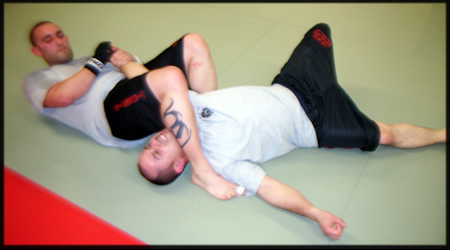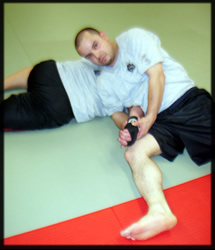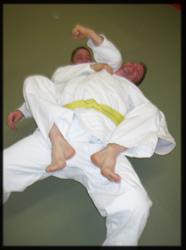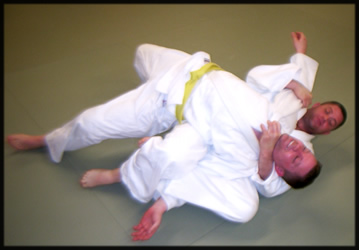Training in Jujitsu is available at the Dojo Martial Arts Training Center in Wolcott, CT
Jujutsu (柔術 ,jūjutsu?) is a collective name for Japanese martial art styles including unarmed and armed techniques. Jujutsu evolved among the samurai of feudal Japan as a method for defeating an armed and armored opponent without weapons. Due to the ineffectiveness of striking against an armored opponent, the most efficient methods for neutralizing an enemy took the form of pins, joint locks, and throws. These techniques were developed around the principle of using an attacker's energy against him, rather than directly opposing it.[1]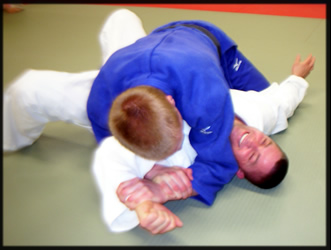
Jujutsu schools (ryū) utilize all forms of grappling techniques to some degree (i.e. throwing, trapping, joint locking,holds, gouging, biting, disengagements, striking, and kicking).
In addition to jujutsu, many schools taught the use of weapons.
In the self-defense training against firearms, all techniques are executed
in a way that they're:
- Very effective
- The firearm doesn't accidentally discharge
-
If it does accidentally discharge, it will NOT fire into you or
an innocent bystander but instead into the attacker or the ground.
The systems practiced were not systems of unarmed combat, but rather means for an unarmed or lightly armed warrior to fight a heavily armed and armored enemy on the battlefield. In battle, it was often possible for a samurai to be unable to use his long sword, for various reasons, and be forced to rely on his short sword, dagger, or bare hands. When fully armored, the effective use of such "minor" weapons necessitated the employment of grappling skills.
Methods of combat (as just mentioned above) included striking (kicking and punching), throwing (body throws, joint-lock throws, unbalance throws), restraining (pinning, strangulating, grappling, wrestling) and weaponry. Defensive tactics included blocking, evading, off-balancing, blending and escaping.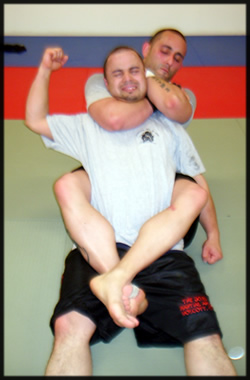
Jujutsu techniques have been the basis for many military unarmed combat techniques (including British/US/Russianspecial forces and SO1 police units) for many years.
Japanese jujutsu systems typically place more emphasis on throwing, immobilizing and pinning,
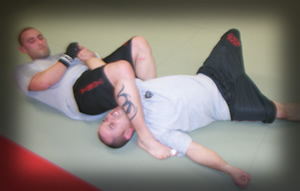 joint-locking, choking,and strangling techniques as compared with other martial arts systems such as karate. Atemi-waza(striking techniques) were seen as less important in most older Japanese systems, since samurai body armor protected against many striking techniques.
joint-locking, choking,and strangling techniques as compared with other martial arts systems such as karate. Atemi-waza(striking techniques) were seen as less important in most older Japanese systems, since samurai body armor protected against many striking techniques.
In jujutsu, practitioners train in the use of many potentially fatal moves. However, because students mostly train in a non-competitive environment, risk is minimized. Students are taught break falling skills to allow them to safely practice otherwise dangerous throws.
JUJITSU GALLERY
